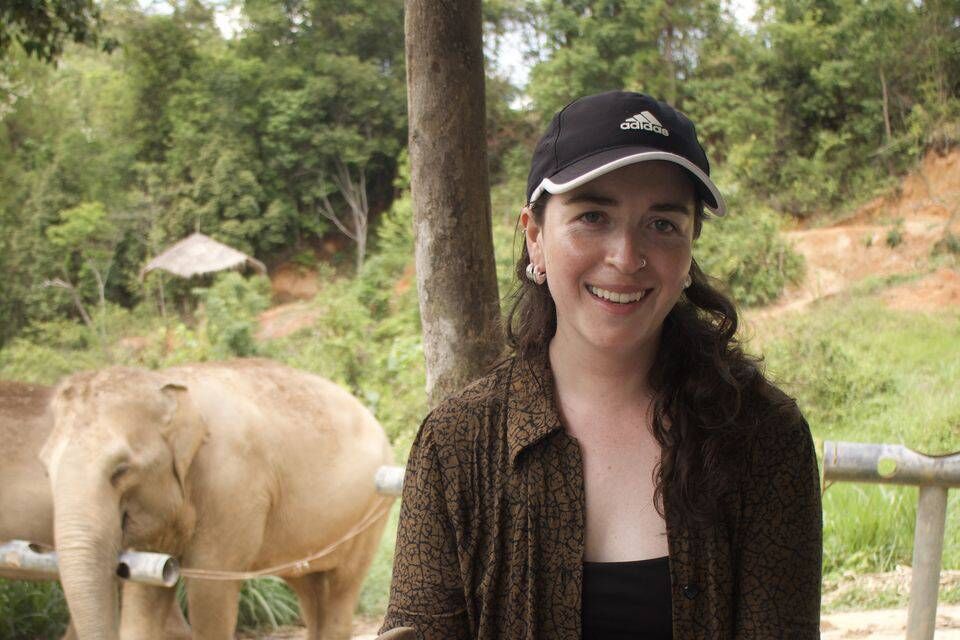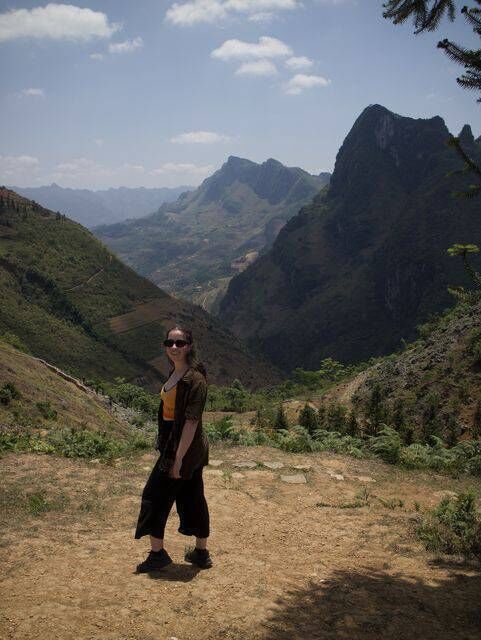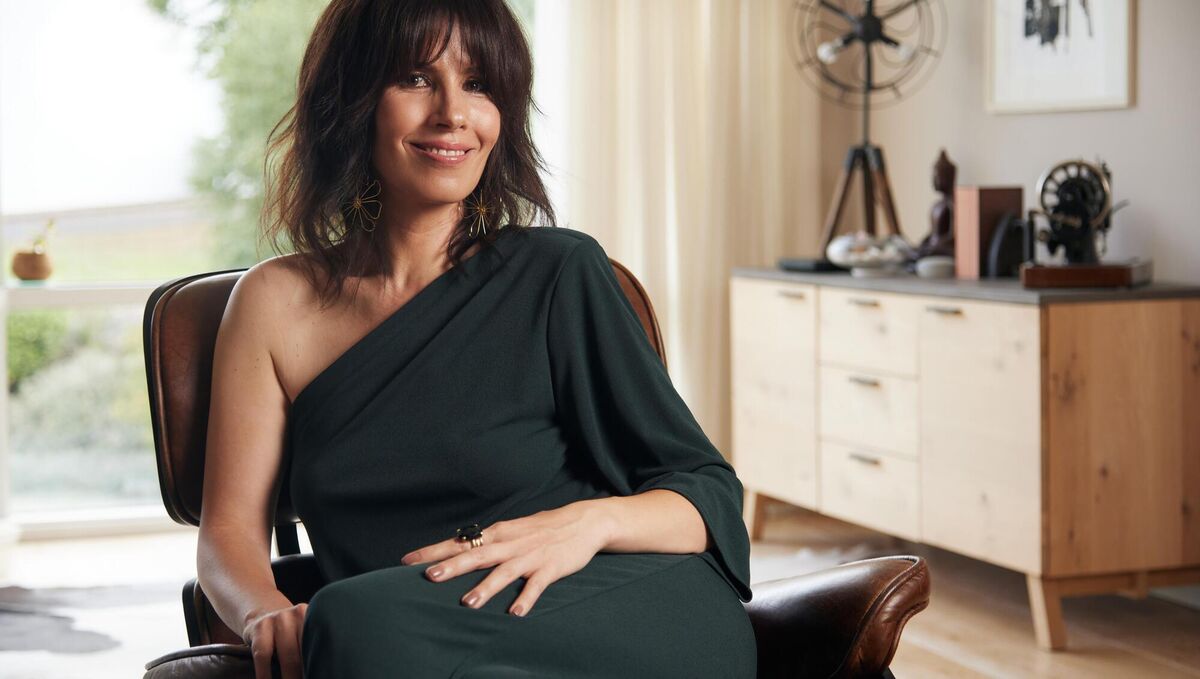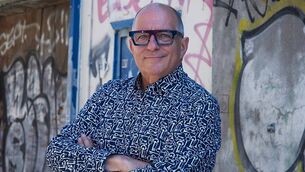Loneliness in modern Irish life — and the case for rebuilding community

"In the absence of ready-made structures where community thrives, sometimes it feels like we have to piece together our own networks from nothing."
Ireland once prided itself on being neighbourly. The pub, the parish hall, the pitch: each offered ready-made ways of belonging.
But as emigration, the cost of living, and the housing crisis redraw the map of Irish life, those easy points of connection have slowly been eroded.
For younger generations, especially, the result is not just quieter weekends but a gaping hole left by the absence of real community.
For me, that erosion became tangible when I moved home unexpectedly — a sudden, jarring return to my childhood bedroom that revealed how quickly community can slip away, and how isolating it feels when it does.
According to recent CSO figures, one in seven young people in Ireland say they’re lonely. That’s more than any other age group, and the rate is rising.
Ireland now ranks among the loneliest countries in Europe, with those under 25 the most affected.
At 29, I’m slightly older than that demographic, but loneliness has become a familiar presence in my life, too.
In fact, for younger generations, it is becoming a defining feature of youth culture.
At first, my own loneliness went undetected, coinciding with post-graduation blues and the realisation that I would have to get my first Big Girl job.
I missed seeing my friends every day, but I put the heavy churn of unease down to the newfound responsibilities of adulthood.
After four years living in Galway, I moved to Dublin, where the few people I knew left one by one for pastures new abroad.
I met people through work and tried to ingratiate myself with my housemates. I had a busy social life because of my job, but it lacked the more meaningful connections I craved.
Things improved marginally with time, but in all honesty, I’ve always struggled to find my place and, consequently, my people.
Community, I’m told, is the cure for loneliness. The latter flourishes where the former is absent because, without the shared bonds that weave us together, it’s easy to become untethered.
At its core, community is simply about belonging. The word refers to the web of relationships and routines that remind us we’re not alone in the world.
There’s comfort in community — in knowing that there are people out there who will notice if you don’t show up, who will lend a hand when you need it, who will make the ordinary rituals of your life all the more special, simply by sharing them with you.
Without that safety net, loneliness isn’t just likely, it’s inevitable.

For my parents, community was woven into the fabric of daily life; for younger generations, it’s something we have to actively build.
“We’re seeing more loneliness among young people than ever before,” agrees Dr Joanna McHugh Power, associate professor in psychology at Maynooth University.
“The reasons for this are probably structural in nature — for instance, accommodation crises can mean that students are spending more time commuting and less time socialising...
"The built environment can either welcome social connection or actively inhibit it. Additionally, we critically lack free places for people to connect socially.
"All of our socialising outside the home tends to be done in commercial places, which is a barrier when money is an issue.” That certainly resonates.
Dolly Alderton’s acclaimed memoir, , reinforced the feeling that I was missing out on something crucial.
Female friendship is the whole point, she wrote. TV, books, and podcasts all insisted I’d eventually find my tribe, and I clung to the idea.
I desperately wanted to believe it... but it’s a thin comfort when you’re sitting alone in your bedroom.
A year and a half ago, I moved back in with my parents — a setting which, unsurprisingly, doesn’t exactly lend itself to a full calendar.
Most of that time has been spent commuting to and from Dublin, both for work and to visit my boyfriend.
I’ve only begun the mammoth task of getting my licence this year, so I can attest to the frustrations that come with having to rely on a famously unreliable national bus and rail service.
It’s near impossible to get from my house into town without a car, and given that neither my mother nor father works from home, I’m strictly beholden to their schedules.
I say all this not to complain but to highlight the deep structural cracks that have enabled loneliness to become entrenched in modern Irish life.
As sociology professor Niamh Hourigan of Mary Immaculate College points out: “Commuters don’t have the time or the space to embed in the communities they’re from.
"They spend all their time in other communities where they’re not actually living, which makes it extremely challenging for people to integrate.”
It’s no wonder so many of my peers — and even my own siblings — have chosen to emigrate. As one of the few left behind, I can’t help but feel jaded.
Loneliness isn’t just a private problem, though; it’s a public health issue.
Countries like the UK and Japan have appointed ministers to work specifically toward combating loneliness, and although there have been calls for the same to be done in Ireland, such a role doesn’t currently exist here.
So for now, the burden falls on individuals to patch the gaps in a fraying social fabric that policy has yet to properly address.
It’s a jarring reality to come to terms with, particularly in the digital age when we’re all so ‘connected’. But the internet, for all its promise, can’t replace the messiness of real-life connection.

GROWING up, I often felt like I expected too much of people.
When friendships became a little one-sided, instead of speaking up, I’d pull back; interactions were relegated to “miss your face!” texts that never amounted to more solid plans.
In most cases, the relationship would fizzle without sustained effort, and I’d be left disappointed that my enthusiasm wasn’t reciprocated.
Somewhere along the way, I decided that being low-maintenance was the solution.
I asked for nothing, convincing myself it would make me a more appealing friend; that people would want to hang out with me because I demanded so little.
Unsurprisingly, it had the opposite effect. That closeness I so wanted was nowhere to be seen, and meet-ups were reduced to intermittent catch-ups where I’d leave feeling like I had nothing in common with the people I once held dear.
It doesn’t help that my generation has become fluent in what TikTok might call “therapy-speak”.
Words like “boundaries,” “attachment styles,” and “trauma-dumping” roll off our tongues with ease, but naming the work of connection isn’t the same as implementing it.
In some ways, our comfort with this type of language enables us to feel like we’re doing the work of friendship… in reality, all we’re doing is keeping one another at arm’s length.
The hard part isn’t diagnosing the dynamics, but doing the emotional labour of showing up, making time, and shouldering the burdens of real community.
When I invited a group of old college pals to brunch for my birthday earlier this year, I immediately felt guilty for inconveniencing them.
But that, I’ve learned, is what fostering community requires. Too often, we shy away from asking others to go out of their way for us, or from doing the same in return.
We avoid the deeper vulnerability of admitting need, putting ourselves out there, or facing the possibility of disappointment. Why?
Because technology, social media, and AI have made it easy to sidestep all of that, offering the illusion of intimacy without the investment that genuine connection requires.
They’ve turned convenience into a commodity.
In his research on radicalisation, Dr Shane Murphy of DCU’s Institute of Future Media, found that loneliness and social isolation are often the hidden drivers behind toxic online spaces.
“These aren’t just guys who are lacking girlfriends,” he says of incel communities. “These are guys who are lacking any friends at all.”
There’s a clear distinction between loneliness (an abstract symptom) and social isolation (the condition that produces it).
Murphy puts it best: “Loneliness is a subjective feeling and experience of a lack of social connections. Social isolation is objective; it’s the measurable, identifiable lack of those connections.”
Both are rising, he notes, but the deeper problem is the erosion of low-stakes, everyday community — the kind that once came from knowing your neighbour’s name or sharing a pint after training.
Hourigan concurs; older forms of community were different.
“You could turn up, take part, and go home without having to bare your soul. Things like bingo nights and the GAA gave people belonging without demanding deep vulnerability,” she observes, citing Robert D Putnam’s seminal book, .
“He argued that that kind of low-stakes community was a powerful support for mental health and wellbeing. I think that’s something that we probably need to think about more.”
Social media isn’t designed to provide that.
“Mark Zuckerberg recently spoke about how the average American has three friends and how he wants Meta’s AI chatbots to be able to fulfil this need for friendship,” Murphy explains.
“Zuckerberg claims people need between eight and 10 friends. He thinks that if everyone just has seven AI chatbot friends, then that’ll fulfil this social need, but that’s just completely misunderstanding what friendship provides — what community provides.”
Chatbots may simulate friendship, but they miss the essence of real community: having people in your life who can check up on you, who care.
Like a lot of Irish people, vulnerability is not my strong suit, but, if the past few years have taught me anything, it’s that connection rarely happens by accident anymore, and community will never be frictionless.
It will always cost us something — be that our time, our presence, even our pride — but it doesn’t have to be complicated.
Perhaps what we once mistook for freedom in social media’s frictionless ease is, in fact, constraining us in its own way.
So, in a culture that celebrates convenience, maybe the most radical thing we can do is inconvenience ourselves and others.

Three years ago, I came out of the medical closet and shared my diagnosis of early-onset Parkinson’s disease with the Irish Examiner.
I didn’t know just how big this moment was or how it would alter my life, but I knew it was bigger than me.
It was more than an article on how I navigate life with Parkinson’s. It was a way of changing something that happened to me to being the change I wanted to see.
In this Saturday's issue, I sit down with bestselling author, award-winning academic, and activist, Professor Katriona O’Sullivan to talk about , her powerful memoir of growing up in poverty, the turning points that reshaped her future and what it means to live ‘on the beam’.
Gemma Fullam explores the world of universal design and meets the innovators making everyday living more accessible.
In travel, Jillian Bolger reviews Ireland’s most accessible escape, while Aishling Moore and Darina Allen, offer nourishing, brain-healthy recipes to inspire your table.
Life brings us moments that shake us to rubble and moments that invite us to rebuild.
The choice is ours: to conceal the cracks or let them become a source of inspiration.
As Leonard Cohen reminds us, “There is a crack in everything/That’s how the light gets in.”
I hope you find something in these pages that lights a spark for you.










